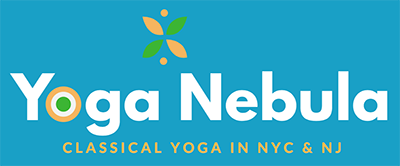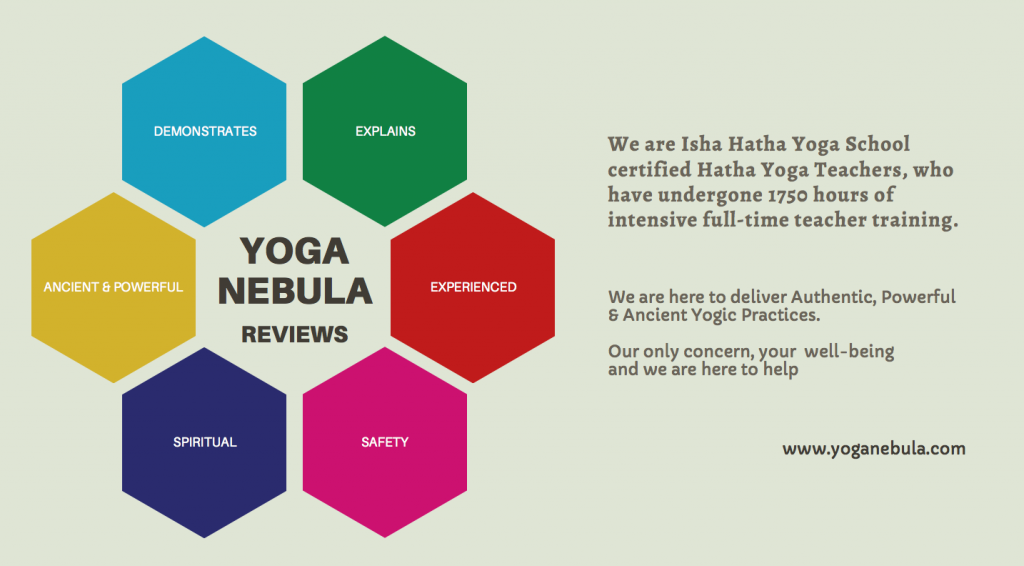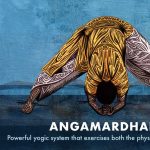Yogasanas
YOGASANAS
The word asana literally means a posture. Out of the innumerable asanas a body can assume, 84 have been identified as Yogasanas, through which one can transform the body and mind into a possibility for ultimate wellbeing. Yogasanas are not exercises, but rather very subtle processes to manipulate one’s energy in a particular direction. Hatha Yoga is offered as a set of 36 powerful postures, or yogasanas, to enable the system to sustain higher dimensions of energy. This profound science enhances how one thinks, feels, and experiences life. Isha’s program requires no special physical agility or previous experience of yoga. It is not merely physical exercise, but enables a person to flower into his ultimate potential; to naturally achieve a state of health, joy, and bliss. In an untrained state, the human body is a constant manifestation of various levels of compulsiveness. By consciously forming the body into a certain posture, one creates a conducive passage for energy flow that can elevate one’s consciousness. Yogasanas are a way of aligning the inner system and adjusting it to the celestial geometry, thereby becoming in sync with the existence and naturally achieving a chemistry of healthfulness, joyfulness, blissfulness, and above all, balance
Regular practice of Yogasanas provides countless benefits:
- Relief of chronic health conditions
- Evolution of body and mind towards a higher possibility
- Stabilization of the body, mind, and energy system
- Deceleration of the aging process
Practice Requirements
- Suitable for ages 14+
- Medium-level intensity
- No experience of yoga necessary
Duration
- Taught in 12 hour session.
Once you attend the workshop, you will learn a 45 minutes take home practice for life.
Questioner: What is the importance of the sequence in which we are doing the asanas? Can we change the order?
Sadhguru: The order is not something that you or I invented – it arises from the observation of how not only the physical body but the whole human system functions. In your system, there is something called skeletal comfort, muscular comfort, organ comfort, and energy comfort. If you sit in a reclining chair, your muscles will be comfortable, but your joints will be strained. You may have noticed that if you travel for some time sitting reclined in a plane or a car, by the time you reach your destination, you will be exhausted. If you sit up straight, this will not happen. If you sit in a recliner, only your muscles are relaxed, but there is a lot of stress on the skeletal system, and above all, on your organs.
The vital organs in the trunk are not firmly fixed with clamps and bolts or flanges but hang in connective tissue like in nets. If you sit in a recliner, especially in a moving vehicle, your organs will suffer enormously. In a moving vehicle, you must always sit straight, so that your organs have greater comfort. If you lean back, one organ will press on the other. This is why they say you should never lie down right after food. In India, they always told you that you must eat before or just after sunset, and leave at least four hours before you go to bed, because the food should have left the stomach by then. If the stomach is full and you lie down, it presses on other organs. Let’s say you have one or one-and-a-half kilogram of food in your stomach and you lie down for a few hours, depending upon how you are lying, this weight could cause serious damage.
In Hata Yoga, this organ comfort is always considered. Energy comfort is also considered. Your energy functions in such a way that if you activate one aspect of your energy without activating another aspect of it, your system will become disjointed. There are many disjointed bodies everywhere. Disjointed energy means living a broken life. Somehow, you may manage to live long, but no matter what enters your life, you will not be complete. You may win the lottery, you may get married to the best man or woman in the world, you may pray 24 hours of the day – no matter what you do, you will live a disjointed life.
The order of the asanas is not according to my or your preference, it is the way the human system is made. We need to activate it from one end to the other. Sudden activation of a certain part will lead to disjointedness. Life situations can be such that there is no choice about how to act and no system to it – you may have to jump into action whichever way it comes. But if you have activated your system in a certain way, whatever situation occurs in your life, you will be able to take it without causing too much disturbance to your system. One can distinctly see this – if you do proper classical yoga, whatever situations you face, they will not leave you scattered. This preparation creates a certain integrity in the system. So the order of asanas is not by choice, it is according to the way the human system is structured. [read more]
source: https://isha.sadhguru.org
When we practice Yogasanas, we should maintain Empty Stomach Conditions.
Empty Stomach Conditions:
Due to the nature of the practices, please ensure you finish :
- any heavy meal at least 4 hrs before the class
- snack 2.5 hrs before, &
- beverage atleast 1.5 hrs before the session.
Why An Empty Stomach is Essential for Hatha Yoga Practice
Sadhguru answers a question on why Hatha Yoga should be practiced on an empty stomach, and explores the nature of the body and how Hatha Yoga influences it. [read more]
Why learn from YOGA NEBULA
Our classes at Yoga Nebula are taught with great care and precision to create a conducive atmosphere for learning the subtle science of Hatha Yoga in New York City/New Jersey. Taught in an intimate group setting, classes are designed to gradually introduce students to yoga practices through verbal instruction and demonstrations. We also feature informative videos that provide intellectual insight into the processes taking place. Unlike many modern yoga studios, we avoid playing music, using mirrors or props, talking while demonstrating, or physically touching participants during the classes. Many students comment on the depth of their experience as a direct result of this inward oriented teaching format.
SUBSCRIBE TO OUR NEWSLETTER
[mc4wp_form id=”2217″]















